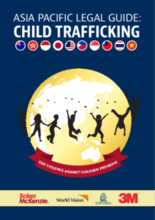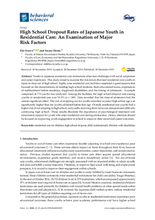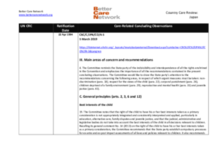Displaying 1 - 10 of 32
This Child Trafficking Legal Guide produced by Baker McKenzie, World Vision, State Street and 3M aims to empower and educate users on how to best navigate regulatory hurdles that may arise when assisting children affected by human trafficking.
"Argued as being a way to save innocent lives, Japan’s first ever 'Baby Hatch' was established with nothing but good intentions," says this article from Metropolis. "However, a system that essentially allows parents to renounce their parenthood and anonymously give away their child raises questions of ethics, financial priorities and of what is thought to be the best interests of the child."
According to this article from the Japan Times, Japan places around 85 percent of children and babies who need care into institutions, and "British-based experts on the welfare and rights of vulnerable children" are calling for increased provisions for foster care in the country.
This study aimed to examine the risk factors that lead residential care youths in Japan to drop out of high school.
The purpose of this paper is to clarify the process of going to college and subsequent college life of those who have experiences of entering Child Care Institutions (CCI) in Japan and to discuss higher education policies concerning ‘child poverty’ based on the results.
"Unlike most developed countries, which place the majority of children who are abused, neglected, or can’t live with their parents for other reasons in foster homes, Japan puts more than 80% of the 38,000 such children in residential-care facilities, according to government figures," says this article from Reuters.
The objectives of this open access study were to investigate the association between parental visitation and depressive symptoms among institutionalized children in Japan, and to explore whether the established security of attachment interacts with that association.
This country care review includes the care-related Concluding Observations adopted by the Committee on the Rights of the Child.
This research compared the quality of life (QOL) of children and adolescents in Japan who live in Children’s Homes (CHs) with that of children and adolescents living in traditional families.
In this study, the authors sought to identify sleep habits and suspected sleep disorders among abused children and adolescents admitted to residential care facilities in Japan and to investigate their association with emotional and behavioral problems.



